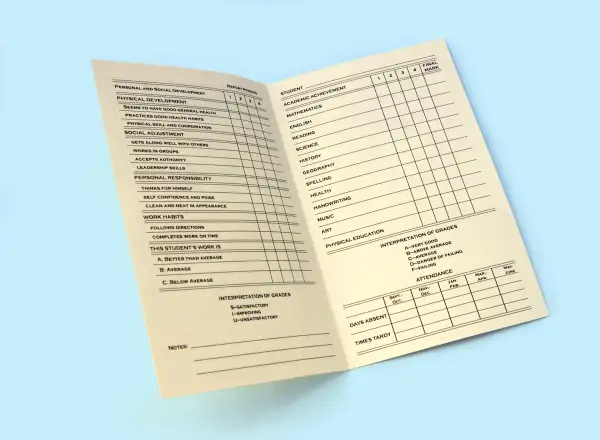Here's How to Get the Most Out of the Government's New College Scorecard

To help families make smarter choices about college, the federal government has unveiled a revamped college search tool based in part on a mountain of newly published college-related data.
Since the website's launch on Saturday morning, more than 500,000 people have visited, President Obama said in a town hall event in Iowa on Monday.
The site, called the College Scorecard, is designed to be simple to navigate. You can search by a college’s name, state, zip code, or size. You can also search by degree or program type, institution type, and religious affiliation, and look up details such as typical monthly loan payments and graduates' earnings for thousands of colleges, including community colleges and for-profit schools.
One thing that the site doesn't do, though, is compare colleges outright. The Obama administration was always careful to say it wouldn't "rank" colleges, but the plan, until recently, was to rate institutions into broad groups based on their performance. That plan was abandoned earlier this summer after extended push back from some college leaders and their lobbying groups.
Find the Best College Value For Your Student
In addition to the consumer-facing search tool, the U.S. Department of Education released all the data behind the scorecard, broken down by income level, gender and family background, among other variables.
All the data are open, which means researchers and media organizations can dig into it to create reports like ProPublica’s look at prices and debt-loads for low-income students. Money will also incorporate some of the data into our future college rankings.

Higher education researchers and consumer advocates have had a generally favorable reaction to the College Scorecard, calling it a step toward more transparency. But, as some college presidents have pointed out in their criticism of the site, there are a few important caveats.
You'll get the most out of the new College Scorecard, if you keep these things in mind:
- Graduation rates don't reflect all types of students. You can look up the percentage of students who graduated within six years and the percentage who returned to the college after their first year. While useful, that information is based on first-time, full-time students and leaves out part-time or returning students, which are a majority at many schools. So if you're planning to attend part-time, the graduation rate doesn't tell you much about how a student like you would fare. (Money's Best Colleges rankings are also based on full-time students.)
- Some students’ earnings aren't represented. The College Scorecard bases its alumni earnings on federal tax returns of individuals who either took out a federal loan or received a Pell Grant for low-income students. A a result, the earnings of many affluent students who didn’t borrow for college aren't included. Nor are the earnings of low-income students who didn’t apply for aid. At several prestigious schools, including the Massachusetts Institute of Technology, Rice University, and Amherst College, fewer than one in five students receive federal loans. Overall, the U.S. Department of Education says 70% of college graduates receive Pell grants and/or federal loans, and that the characteristics of those who do and don’t are “reasonably similar.”
- There’s no differentiation between a teacher's and an engineer's earning power. Experts say earnings are more related to a student’s choice of major than choice of college. Colleges that graduate a lot of teachers, for example, are likely to report lower salaries that those that produce a disproportionate number of engineers. Even at colleges where there's a mix of majors, the college-wide median salary may not tell you much about the amount you'd earn. White House officials said they hope to add program-level earnings data in the future.
How Money Ranks Colleges
Unlike the College Scorecard, Money does rank colleges. Our rankings cover a smaller group of schools, about 700 four-year colleges and universities. That's because we rule out any colleges that have a below average six-year graduation rate or are struggling financially.
Our rankings also factor in need-based and merit aid, how much parents borrow (in addition to students), and the average length of time it takes to graduate at each school. Finally, our value-added analysis awards colleges that outperform their peers who enroll similar students. That helps to highlight quality colleges beyond the elite institutions, which tend to enroll students who'd most likely be successful regardless of where they went to school.
Money’s student outcome metrics are based on early and mid-career earnings data from Payscale.com, which, before the government's numbers were released, represented the largest set of data linking salaries to colleges. Like the government data, the Payscale data set also has limitations, since it’s based on a voluntary survey and may be more likely to include higher-earners. However, the data we use do account for the type of majors that predominate at each school, so art school graduates are compared against fellow art school graduates, as are business and engineering majors.
Read Next: The White House Launches New College Website
